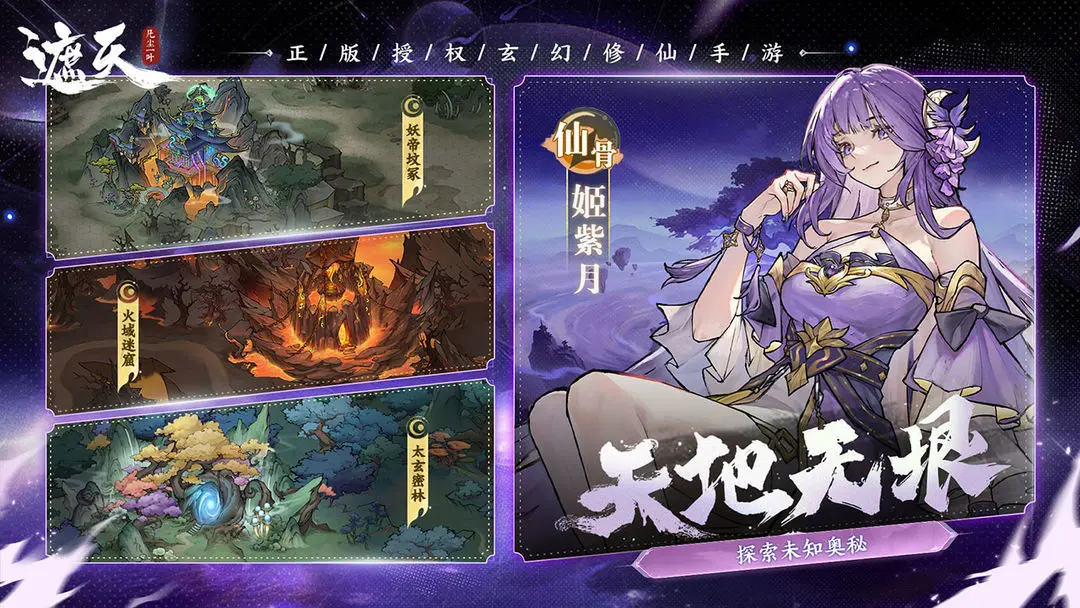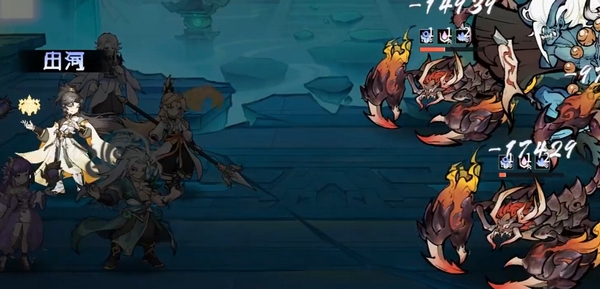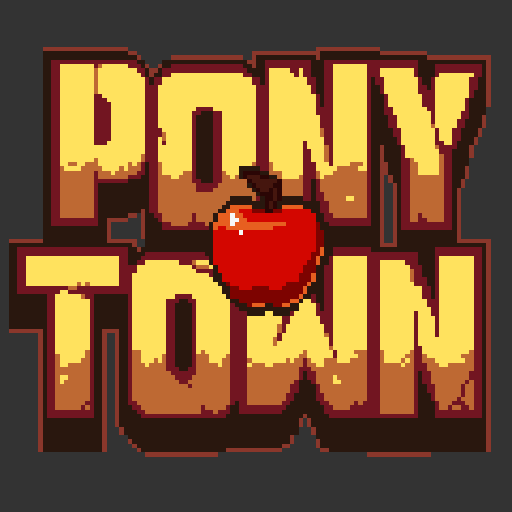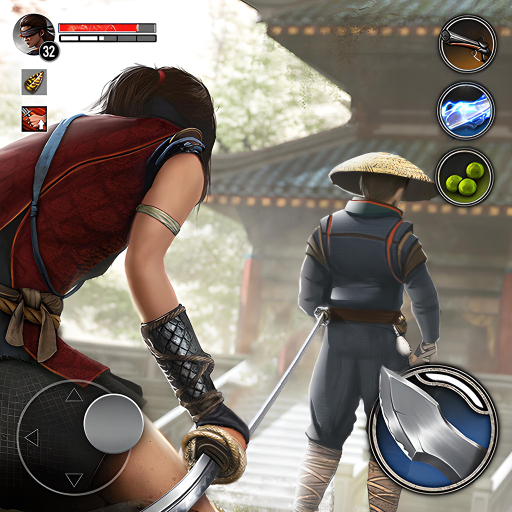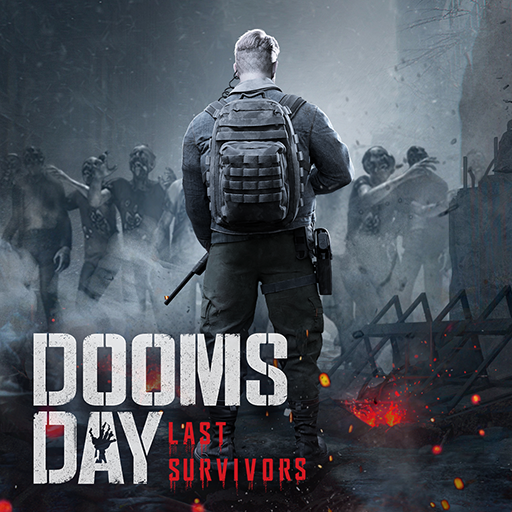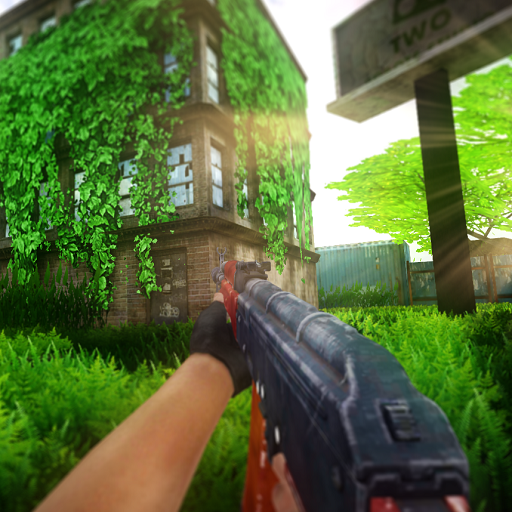Today, I'm bringing you the content of the Uncharted Waters Origin guide. Uncharted Waters: Origin uses delicate brushstrokes to recreate that golden age full of unknowns and opportunities, perfectly blending the changing monsoon seas, the bustling markets of exotic ports, and the sound of ropes rubbing on the deck, allowing players to personally experience the legendary journey of navigators in 4K high-definition quality. From the busy trade routes of the Mediterranean to the pirate lairs of the Caribbean, from the primitive tribes of the West African coast to the spice islands of Southeast Asia, every sea area hides unique stories and challenges. Let's take a look together.
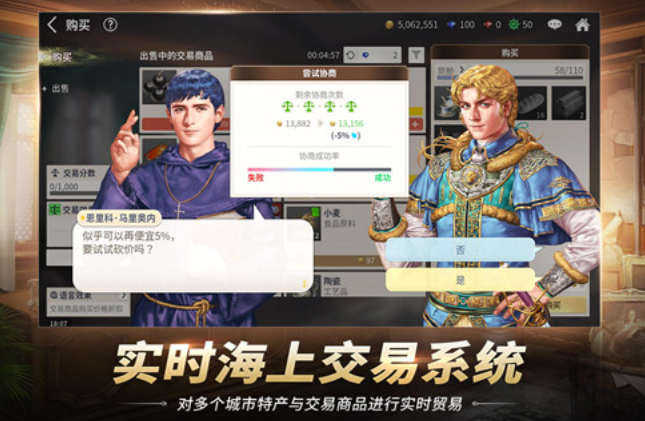
The latest download reservation address for "Uncharted Waters Origin"
》》》》》#Uncharted Waters Origin#《《《《《
The power and port system is the backbone of the game world. The eight major national forces are like pieces on a chessboard, silently competing in the global seas. After choosing to join a certain force, players can not only improve their reputation by completing escort missions and monopolizing regional trade but also participate in diplomatic negotiations and territorial disputes between forces. When a player's investment in a certain port exceeds that of other forces, the port flag will quietly change, followed by benefits such as reduced tariffs and unlocking exclusive goods. The more than 200 ports worldwide each have their own character, with price curves fluctuating with the seasons and supply and demand. For example, the price of Venetian glassware surges in winter due to festival demand, while Caribbean sugar sees low-price dumping during the sugarcane harvest season. This dynamic economic system makes the planning of trade routes full of variables.
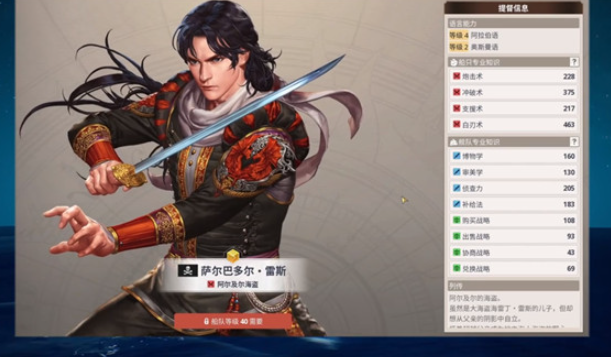
The charm of the trading gameplay lies in the precise control of resources and timing. Players need to act like real merchants, marking local specialties in the port market ledger, from Flanders tapestries in Antwerp to ivory in Mozambique, from Longjing tea in Hangzhou to silver in Mexico. Each commodity has its unique attributes. Spices, though profitable, require ice buckets in the hold to slow down spoilage; silk, light and easy to carry, needs to be stored separately to avoid seawater damage; ores, heavy and durable, occupy a lot of cargo space. The port investment system adds even more strategic depth. As players continuously inject funds into a certain port, new berths will be added to the wharf, rare luxuries will appear in the market, and even artisan workshops dedicated to serving the player may emerge, producing unique trade goods.
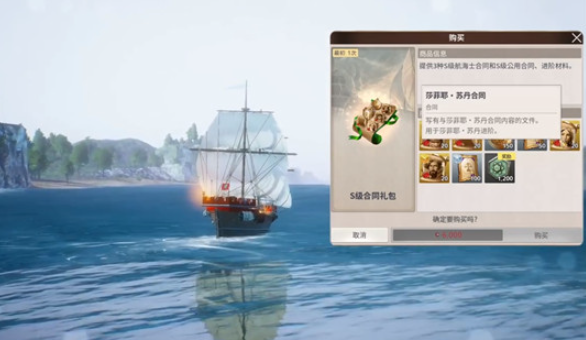
The ship system is the second life of the navigator. Nearly a hundred ships, from caravels to galleons, each meticulously recreates historical prototypes. Portuguese caravels, suitable for coastal exploration, have triangular sails that can flexibly handle complex winds. Spanish large warships, equipped with multiple gun decks, are the best choice for long-distance escorts. Arab dhows, with their shallow draft, can navigate through the island waterways of Southeast Asia. The combination of the fleet is equally critical. A mature trading fleet typically consists of three merchant ships, with the main ship carrying the cargo in the middle, flanked by two escort ships equipped with light cannons, ensuring both cargo capacity and basic defense capabilities.
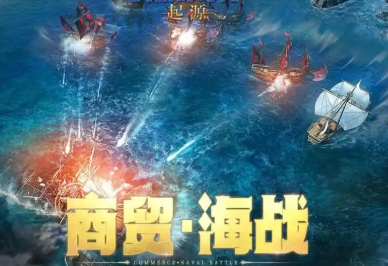
The content of the Uncharted Waters Origin guide is now complete. These gameplay elements interweave to form a dynamically operating maritime world. Wealth accumulated through trade can be used to upgrade ships and recruit sailors. A powerful fleet can ensure the safety of trade routes, while the discovery of new ports through exploration opens up entirely new trade markets.
